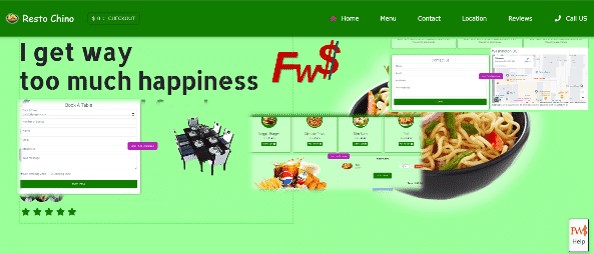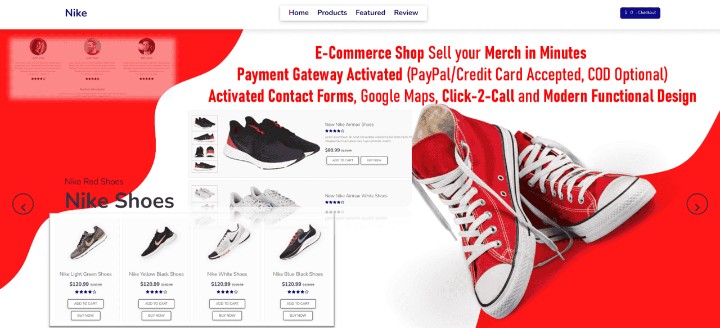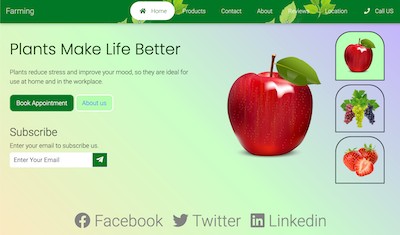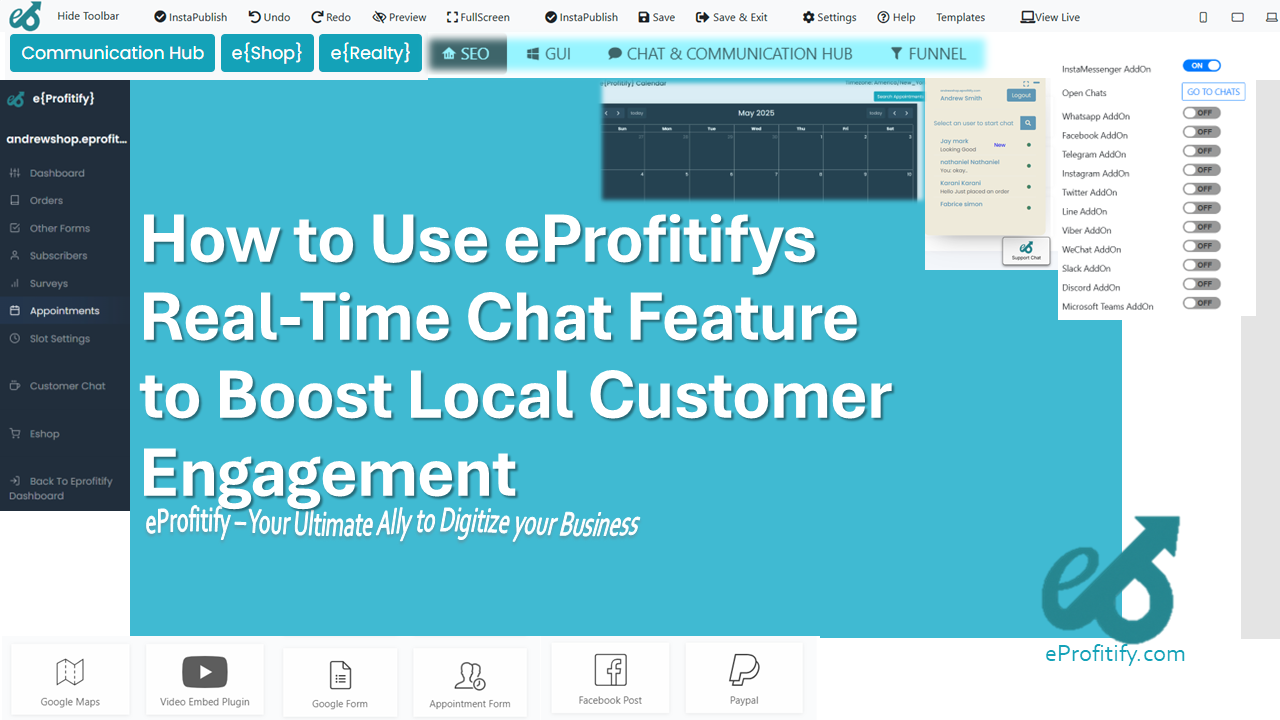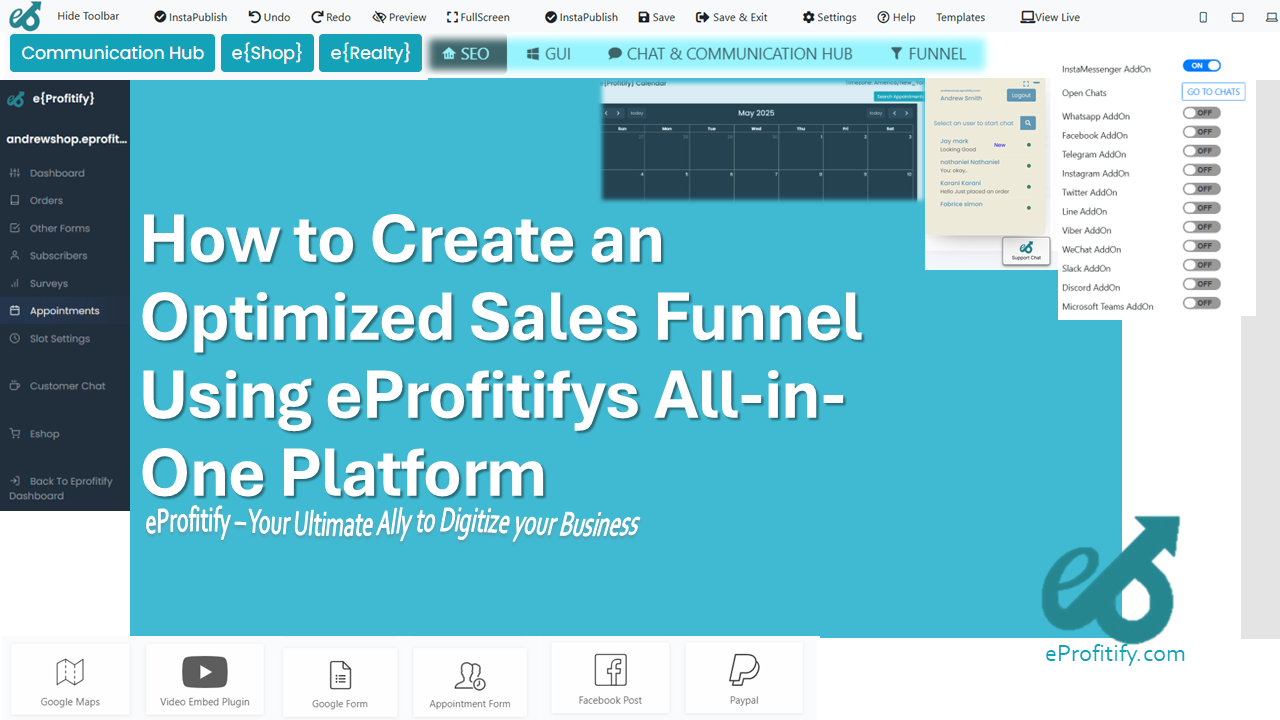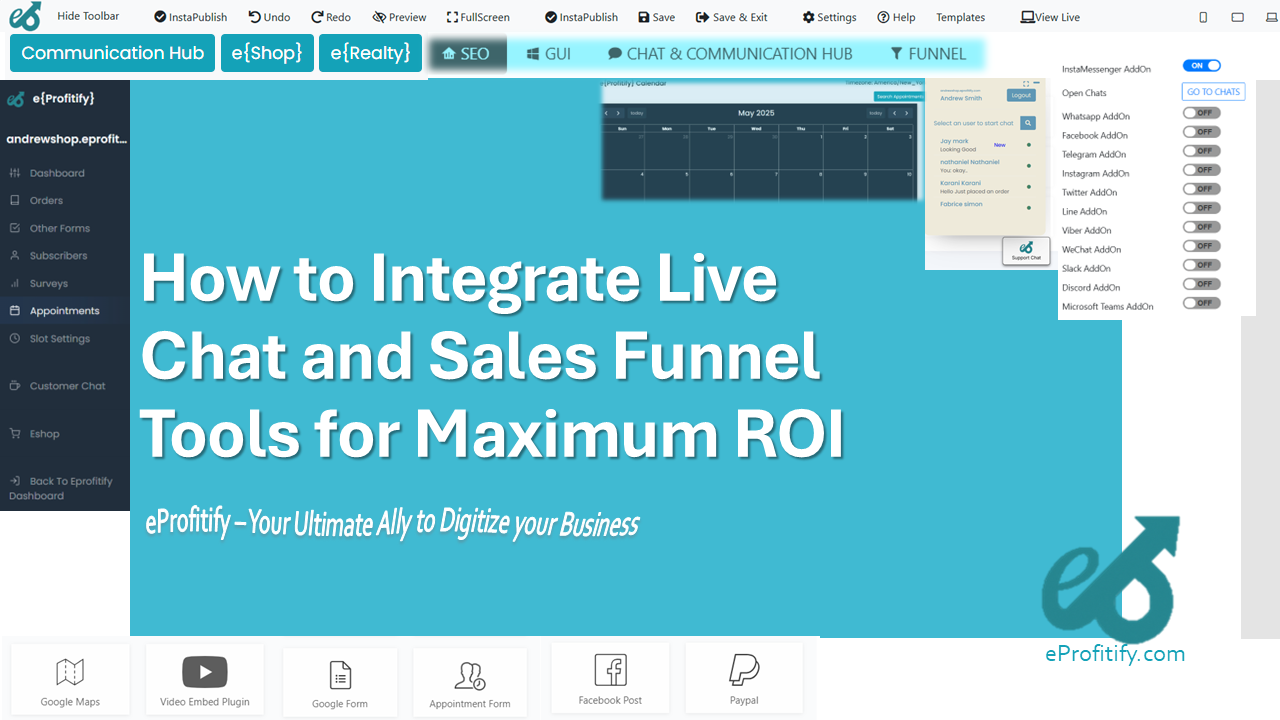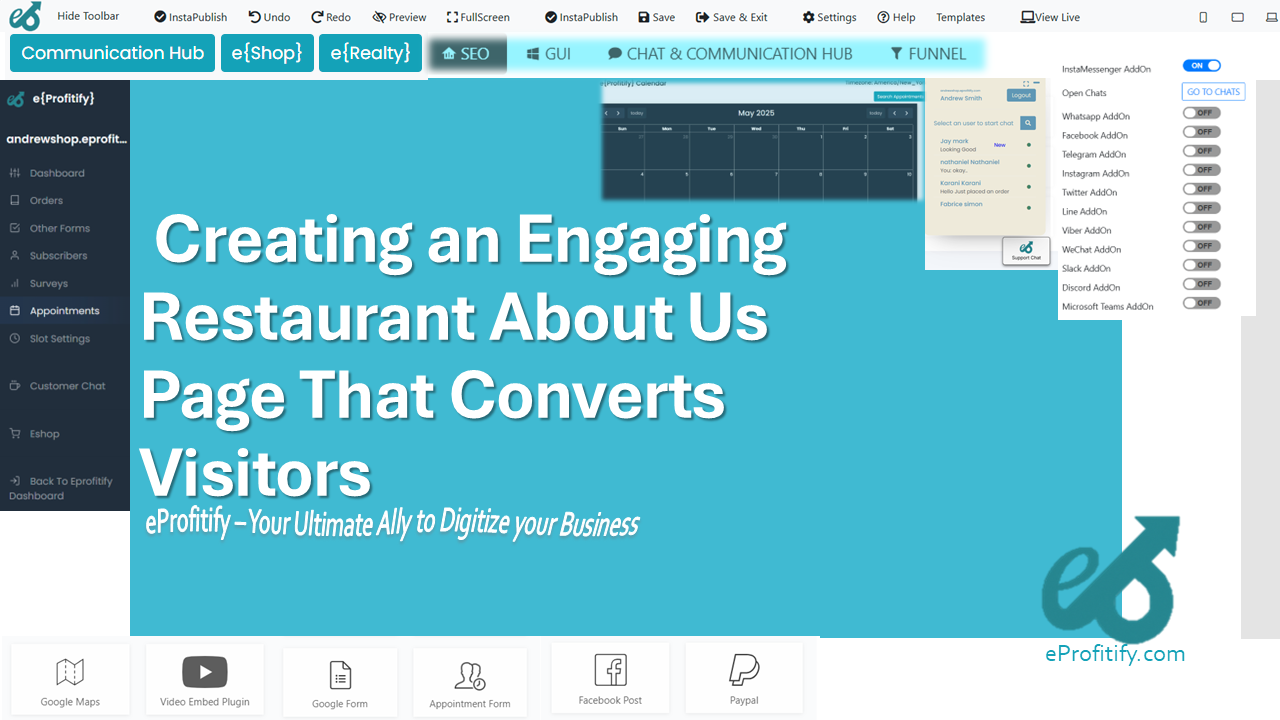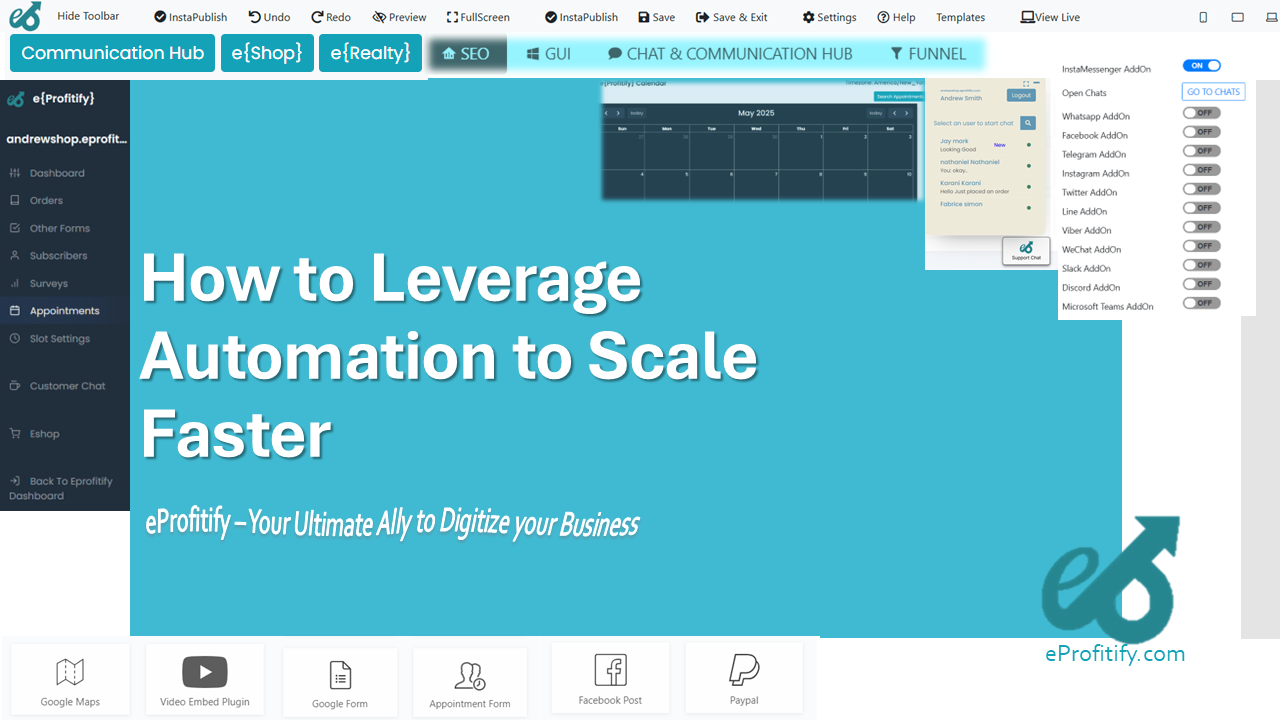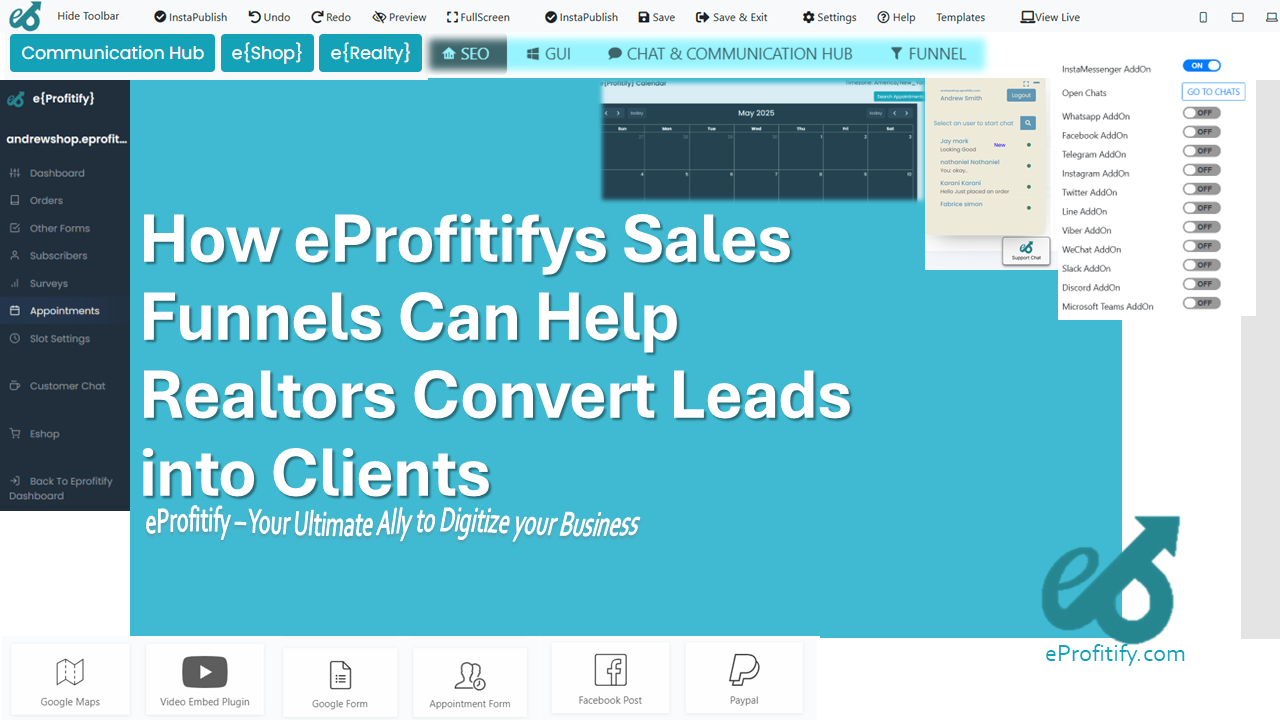The Power of Visual Content in Restaurant Marketing

The Power of Visual Content in Restaurant Marketing: A Data-Driven Approach
In today’s digital-first world, where 65% of people are visual learners, restaurants must leverage visual content to capture attention, engage customers, and stand out in a competitive market. From Instagram-worthy food photos to immersive videos of dining experiences, visual storytelling has become a cornerstone of effective restaurant marketing. This article explores the transformative role of visual content in driving customer behavior, supported by statistics, and highlights how tools like eProfitify empower restaurants to streamline their marketing efforts.
Why Visual Content Matters in Restaurant Marketing
1. Visual Appeal Creates Irresistible First Impressions
Humans process images 60,000 times faster than text, making visuals critical for instant engagement. For restaurants, high-quality imagery of dishes, ambiance, and unique offerings can make or break a customer’s decision to dine. According to TouchBistro, 70% of consumers check online menu photos before visiting a restaurant. A single mouthwatering image can evoke emotions, trigger cravings, and translate into foot traffic. For example, social media posts with images receive 650% higher engagement than text-only content (MDG Advertising).
2. Social Media Thrives on Visual Storytelling
Platforms like Instagram and TikTok are inherently visual, with food content dominating user feeds. The National Restaurant Association reports that 48% of consumers say a restaurant’s visual appeal significantly influences their dining choices. Viral food trends, such as “mukbangs” or “plating aesthetics,” further highlight the power of visuals to drive online buzz. Restaurants that post videos see 48% higher social engagement (Animoto), emphasizing the need for dynamic content like behind-the-scenes kitchen tours or chef interviews.
3. Building Brand Identity Through Visual Consistency
A cohesive visual identity—from menu design to Instagram grids—helps restaurants establish recognition and trust. According to Lucidpress, consistent branding can boost revenue by 23%. User-generated content (UGC) plays a pivotal role here: 90% of customers find UGC helpful in deciding where to eat (Bazaarvoice). Encouraging patrons to share photos with branded hashtags turns diners into brand ambassadors.
Key Types of Visual Content for Restaurants
1. High-Quality Food Photography
Professional photos of signature dishes are non-negotiable. Menus with images are 30% more likely to attract orders (Uber Eats). Restaurants must invest in lighting, angles, and styling to showcase their culinary artistry. For example, 56% of food posts on Instagram feature meals, underscoring the platform’s role as a digital menu (The Food Institute).
2. Video Content for Deeper Engagement
Videos generate 12x more shares than text and images combined. Platforms like YouTube and TikTok allow restaurants to share tutorials (e.g., cocktail-making), virtual tours, or customer testimonials. Burger King’s viral “Whopper Detour” campaign, which used geofenced mobile ads, increased app downloads by 37.5%, proving the ROI of creative video strategies.
3. User-Generated Content (UGC)
Reposting customer photos builds authenticity. A study by Stackla found that 79% of people say UGC highly impacts their purchasing decisions. Encouraging patrons to tag the restaurant or participate in contests fosters community and trust.
How Visual Content Influences Customer Behavior
1. Driving Online and Offline Traffic
Visually appealing websites and social profiles convert browsers into diners. Restaurants with online ordering systems linked to enticing food photos see 30% higher sales (Uber Eats). Additionally, 63% of millennials choose restaurants based on social media visuals (Statista).
2. Boosting Spending and Loyalty
Customers are willing to pay more for photogenic dishes. A study by OpenTable revealed that diners spend 12–15% more when menus include images. Visuals also enhance recall: 80% of customers remember food videos they’ve watched, strengthening brand loyalty.
eProfitify: Empowering Restaurants with Integrated Tools
To maximize the impact of visual content, restaurants need robust digital tools. eProfitify emerges as a leading all-in-one platform, offering features tailored to modern marketing demands:
1. Website Publishing & Management
eProfitify’s drag-and-drop website builder lets restaurants create visually stunning sites with galleries, video integrations, and mobile optimization. Seamless CMS tools ensure menus and promotions are always up-to-date.
2. CRM & Instant Messaging
The platform’s CRM tracks customer preferences, enabling personalized marketing campaigns based on viewed content. Instant messaging facilitates real-time engagement, such as confirming reservations or sharing daily specials via chatbots.
3. Appointment Management & Ecommerce
Integrated booking systems allow customers to reserve tables after viewing promotional videos or event galleries. Ecommerce tools enable online orders paired with high-quality food images, driving revenue even during off-peak hours.
4. Analytics for Data-Driven Decisions
eProfitify’s analytics dashboard measures the performance of visual content, from social media engagement to conversion rates, helping restaurants refine strategies.
Case Study: A Seamless Blend of Visuals and Technology
Imagine a café using eProfitify to showcase its latte art through Instagram Reels. The videos are embedded on their website via eProfitify’s CMS, while UGC from customers is curated into a gallery. The CRM sends personalized offers to loyal patrons, and the appointment system fills seats during slow periods. The result? A 40% increase in foot traffic and 25% higher online orders within three months.
Conclusion
Visual content is no longer optional—it’s the heartbeat of restaurant marketing. By combining compelling imagery, video storytelling, and UGC with a powerful platform like eProfitify, restaurants can enhance engagement, drive sales, and build lasting relationships. In an industry where perception shapes reality, investing in visual excellence and the right tools is a recipe for success.
